5 Common Athletic Injuries
Tips for Managing Athletic Injuries
As a sport, Athletics covers many disciplines including various running events, shotput, javelin, long jump and more.
- Hamstring Strain
- Calf Strain
- Shin Splints/MTSS (Medial Tibial Stress Syndrome)
- Patellar Tendinopathy
- Mechanical Lower Back Pain
Although this guide is written with Athletics athletes in mind, some or even all of the core elements of athletics, run, jump, throw, feature in most sports and physical activities, so it’s applicable to a wider range of sports and sportspeople.



Hamstring Strain
Starting with one of the most common sports injuries, hamstring strains occur when one or all of the three hamstring muscles are overloaded beyond their capacity. This results in tears in the muscle which is also known as a hamstring strain.
Depending on the severity of a hamstring strain and where you are in the recovery process, eccentric (or lengthening) exercises may be prescribed by your medical practitioner. These could include Nordic Curls and Romanian Deadlifts (RDLs).
Nordic Curls involve kneeling on the ground with your ankles secured either by someone holding them or hooking them under something heavy like a weight training rack. Keeping your body straight through to your knees, slowly lower your body towards the floor using your hamstrings to control the drop before catching yourself with your hands and pushing yourself back up.
With RDLs, start in a standing position with some weights (i.e. dumbbells, kettlebells or barbells) in front of you. Move your hips back as you lower the weight, keeping your back flat and in line with your head. When the weight reaches below your knees, move your hips forward again to return to standing. You can find an example here from the Welsh Athletics YouTube channel: Romanian Deadlift - Hamstring Series
You can use resistance bands for doing resisted RDLs to increase the challenge. To do this hold the resistance band in your hands as well as your weights with your feet standing on the other side of the band as you move up and down.
Bonus tip:
Foam Rollers can be very useful for releasing the soft tissue of the hamstrings, take a look at this video for an example: Foam Roller Exercises Soft Tissue Release
Calf Strain
Like hamstring strains, calf strains are a common sports injury that occur when the muscles are overloaded or overstretched resulting in a tear. Symptoms can vary but can include a sudden, sharp pain in the calf, a ‘popping’ sensation, swelling or even bruising to the area.
Exercise Tips:
Maintaining strong calves could help you avoid injuries; prevention is better than cure. Exercises like single leg seated or standing calf raises are useful for this.
For single leg standing calf raises, stand with your feet over the edges of a step or box, feet hip width apart, raise one foot off the floor completely with your knee bent so your foot is behind you. Slowly raise the other foot so your heel raises as high as possible, pause, then lower your foot back down and repeat. When you’ve finished the reps on one side, switch to the other leg.
It’s a good idea to use a free hand to hold on to something to aid your balance.
For single leg seated calf raises, sit down with one leg stretched out in front of you. Bend the leg you will be working on from the knee at a right angle and place a block like a yoga brick or a foam wedge under the ball of the foot. Slowly raise the heel of your foot, pause, repeat, then switch legs when you have done your reps.
Bonus Tip:
You can add weights like kettlebells to progress the exercises which will intensify and add a challenge to the movement.
Shin Splints, MTSS (Medial Tibial Stress Syndrome)
Both shin splints and MTSS refer to pain in the front part of the lower leg, however the term shin splints is used to refer to general pain, while MTSS refers to pain and inflammation of the inner part of the bone.
Exercise Tips:
Sensible training load means not starting with training loads that are too high, too early. A good rule of thumb here is to increase any training loads in small increments and slowly build yourself back up to where you were pre-injury.
Releasing tight calves/shins can help alleviate any pain or discomfort due to muscle tension. You can use massage balls like these trigger point massage balls or spikey massage balls to help target any points of tightness or soreness. This video with Welsh Athletics has some great examples: Tips for Recovery Post Exercise
Strengthening your calves could help avoid injuries. This is because your calves take in a lot of force when you run, so making sure your calves are strong will help them cope with this, as well as better supporting your body. Doing tibialis posterior strength exercises with the aid of a mini band (also available as latex free mini bands) can help.
Bonus Tip:
There is some great advice on lower limb injuries in this video from Adam Rattenberry, Lead Performance Physiotherapist & Athlete Services Manager at Welsh Athletics - Getting Back on Track: Running and Physio
Patellar Tendinopathy
The patellar tendon connects the tibia (shin bone) to the patella (knee cap), which then connects to the quadriceps (thigh muscles) though the quadriceps tendon.
Patellar tendinopathy occurs when the tendon is overused or overloaded causing pain, tenderness or stiffness in or around the knee. This often happens when jumping which is why it’s also referred to as Jumper’s Knee.
Exercise Tip:
Because the patellar tendon is connected to the quadriceps via the patella, tight quads can often cause patellar tendinopathy.
Progressive tendon loading exercises like single leg eccentric drops with a foam wedge can help to strengthen the tendon. To do this, stand with the wedge under your feet and higher part of the wedge under your heels so your heels are raised. Raise the leg that you’re not working on, then lower into a squat on the leg you are working on, rise back up and repeat. Switch legs after your reps. You might want to keep a hand on a wall next to you to aid with balance.
Releasing quadriceps tension can therefore help alleviate patellar tendinopathy. One way to achieve this is with foam rolling exercises, you can find an example here: Foam Rollers
Tiger K Tape can be useful for offloading patellar tendon pain. Take a look at this video for an example - Bristol Flyers Kinesiology Taping for Jumpers Knee
Mechanical Lower Back Pain
As the name suggests, mechanical lower back pain occurs in the soft tissue or spine in the lower part of your back. It is very common in part because it can affect people who are athletes, sports people or otherwise physically active, as well as people who are less active.
Exercise Tip:
Improving core strength can help because it provides better support to your lower back and reduces the amount of work your lower back muscles and soft tissues need to do. Gym balls are a great option for helping here.
Releasing tight muscles through exercise can also be useful in relieving lower back pain due to tension. Take a look at these Mobility Exercise videos from the Welsh Athletics YouTube that could be useful here.
A SKLZ Targeted Massage Ball can be used to target specific areas of tension by either lying down on the floor face up, or sitting in a chair and then placing the ball under your lower back where you feel pain or tenderness. Then gently apply pressure on the sore spot while moving the ball around, being very careful not to roll the ball over your spine. It is perhaps best to do this exercise under the supervision of a medical professional, at least to start with.
Returning to Sports After Injury
Returning to sports after injury in athletics requires a gradual and structured approach. The goal is to restore function, strength and mobility to the affected area, ensuring a safe and effective return to sports and avoiding re-injury.
A gradual return to athletics means starting with low-level activities and progressing to more intense activities so as to not do too much to soon and risk re-injury. Returning to sports too quickly can also lead to re-injury, making it essential to follow slow and structured approach.
What the Experts Say
On maintaining health to help avoid injuries, Adam Rattenberry, Lead Performance Physiotherapist & Athlete Services Manager at Welsh Athletics said:
“To help you stay healthy I would recommend increasing your training load gradually, and use strength and conditioning to develop the muscles you use for your sport (for example, as we have mentioned above, the eccentric (lengthening strength) of the hamstrings in sprinters and the strength of the calf muscles in any run, jump, throw activity. This will help your body cope with the demands of your sport and reduce your risk of injury”
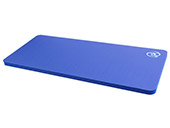

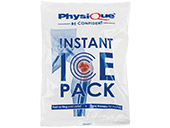
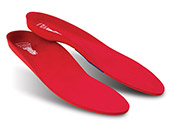
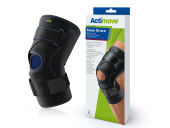
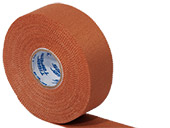
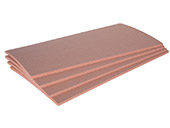
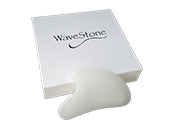
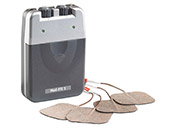

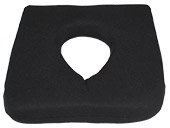
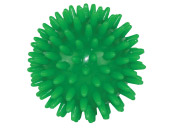
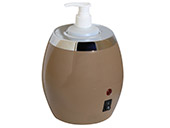


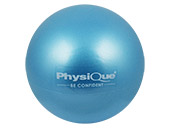
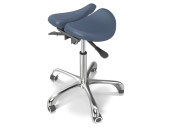
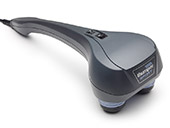
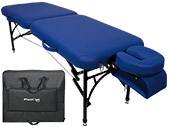
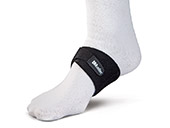
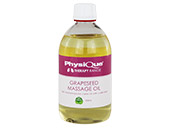
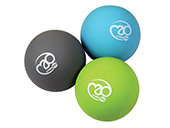
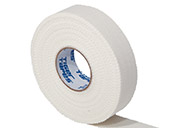
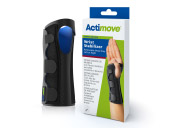
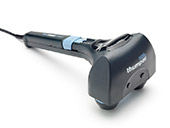
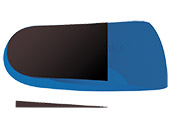
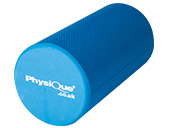
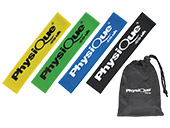
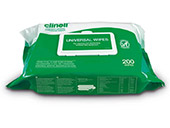
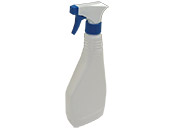
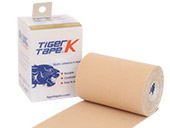
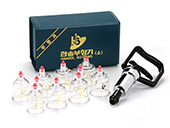
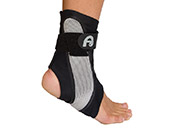
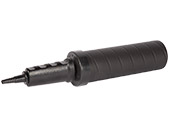
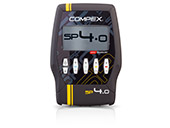
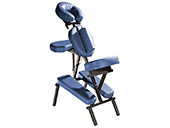
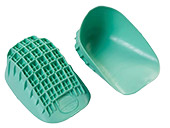

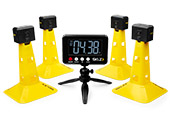
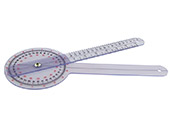
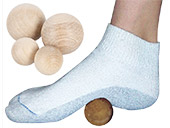
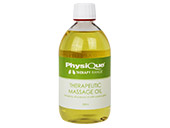
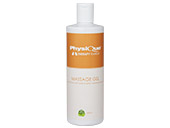
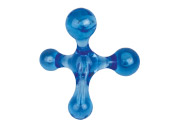
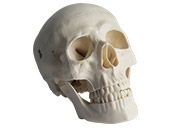
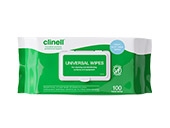
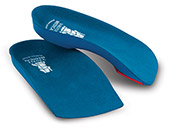
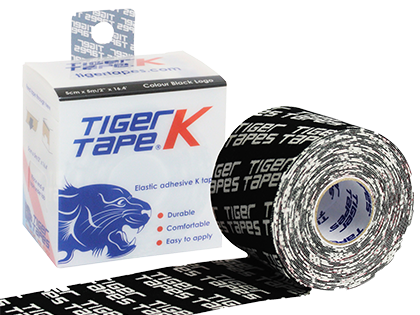
Did you find this article useful?
Why not share this with a colleague, patient or friend?